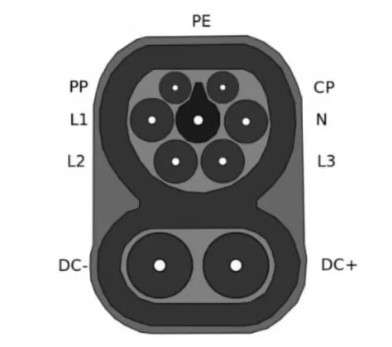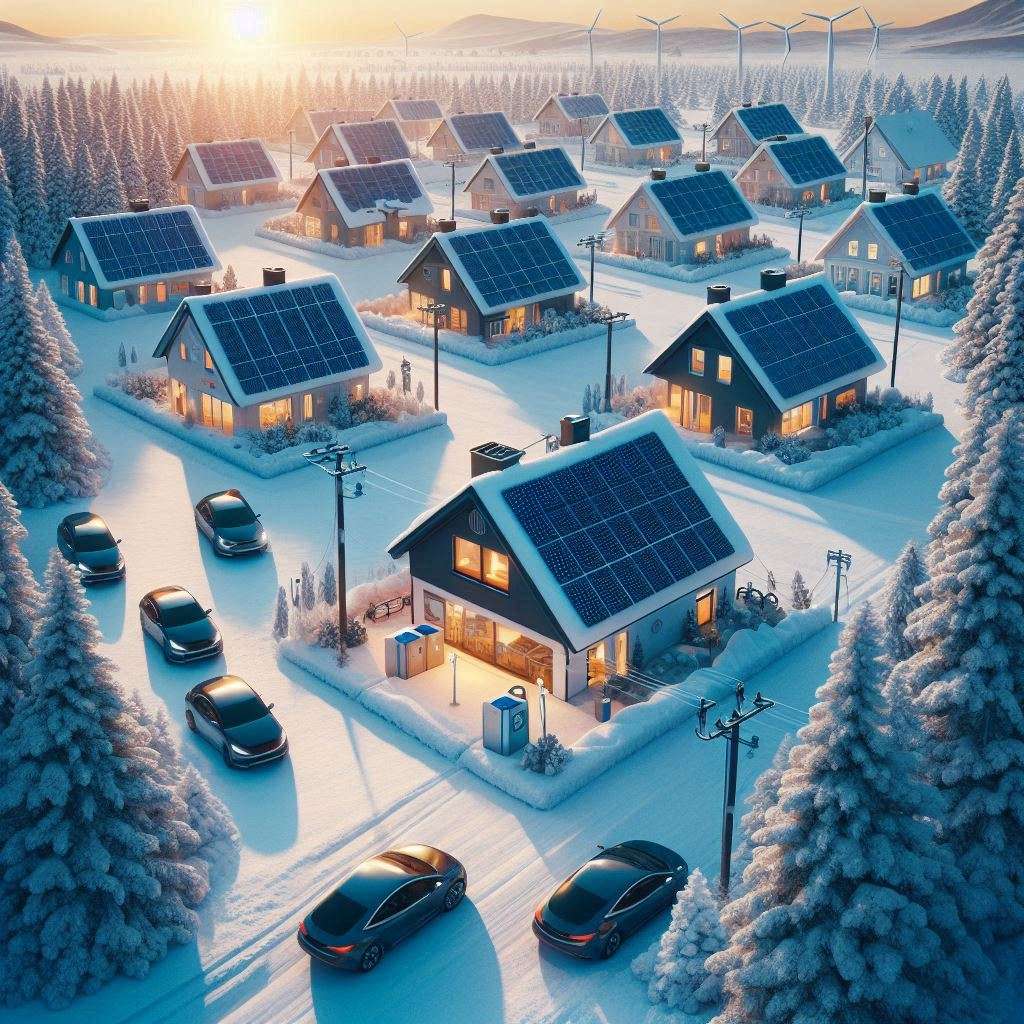One of the most common questions we hear about electric cars is “How do I even charge an EV?” So we’re answering the question with our post on…
Basic Electric Vehicle Charging
While that might seem like a complex question, it’s really not much more difficult than plugging your phone in to a charger. The big difference with a car of course is the size of the charger. You don’t pop this one in your handbag or backpack and take it with you. Most of the time you’re relying on someone else having a charger for you, or using your fixed charger at home.
Let’s break down the different types of electric vehicle charging, explore home charging solutions including solar integration, and offer some tips for apartment dwellers and road trippers who may not have access to a home charger.
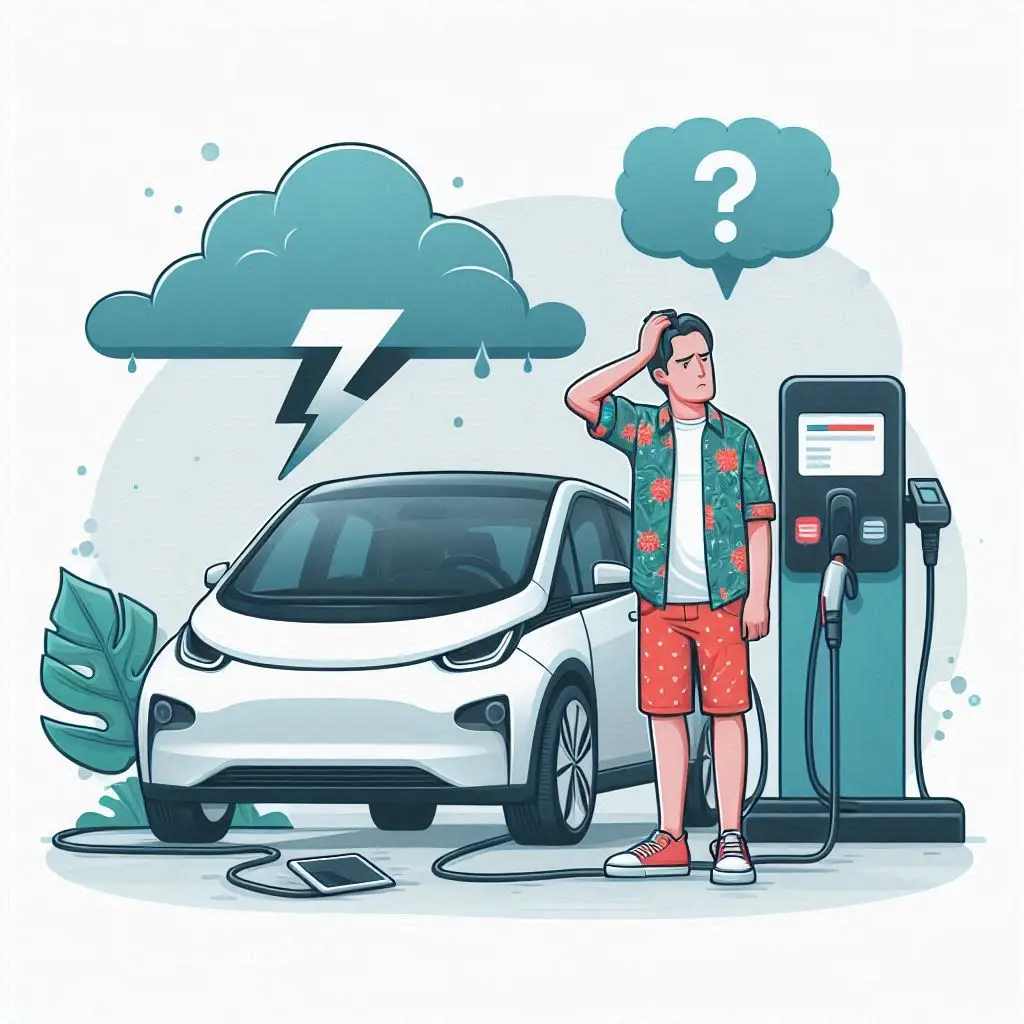
Measuring Electricity.
The speed or rate at which electricity is delivered is expressed in kiloWatts or kW*.
The amount of electricity stored is measured in kiloWatt Hours or kWh*.
To work out how many kWh you get delivered, simply multiply the rate (kW) by the number of hours the power is delivered for.
e.g. If I have a 7kW supply running for 10 hours, my battery will receive 70kWh of energy. I could get the same result running a 70kW charger for 1 hour.
* The W is a capital as it’s named after James Watt
If you think of your battery as a bath:
- kW is how fast the water comes out ot the tap.
- kWh is how much water is in the bath.
AC/DC and Electric Vehicles
The first concept we need to embrace is AC/DC. I’m not talking about the legendary Australian Rock Band here though. AC/DC might have got some pubs and clubs pretty charged up in their day, but not so much with your electric car.
AC, or alternating current is quite slow, gradual and very good for your battery. Almost all home chargers are AC. You feed AC current into the car and it gets converted to DC current by the car to be stored in the battery. It’s quite an efficient process, but restricted to just over 7kW per phase or maximum of 22kW for a 3-phase system. Whether you have access to single or three-phase will depend on the wiring going to the building and the charger type.
DC, or direct current, starts to get faster and can get really fast. Slower DC rates start at 24kW and current car chargers go up to 350kW with 450kW available soon. Pumping DC current into your car requires less conversion, as the charger itself has already done the change from AC to DC before the power gets to the car. The great big charger is able to convert a lot more energy than the car can, hence the much faster speeds.
Note: Just because a charger can deliver a certain rate doesn’t mean your car can accept it. The car will negotiate a rate with the charger and agree on the speed. You don’t need to worry too much about this though. The battery management system (BMS) will ensure power is delivered at the optimal rate possible. The rate may well change during the charging process as the battery warms up or fills up. The BMS will adjust to get the best speed, while protecting the battery from damage.
EV Charging Types: From Slow to Ultra Rapid
Type 1 Charging is the most basic form of EV charging, using a standard household outlet. It’s akin to a slow trickle, taking upwards of 20 hours for a full charge. This method is very suitable for plug-in hybrids or EVs with smaller batteries. It may also suit people who don’t drive a lot during their week and can slowly top up the car overnight while they sleep. I know of plenty of people who’ve only ever used this method for their home charging needs over several years.
Type 2 Charging steps up the pace, utilizing a 240-volt specialised outlet. It’s the standard for home charging in Australia and Europe and is increasingly adopted in other regions. Commonly these chargers work at 7kW, 11kW or 22kW depending on the car and the electricity supply. Type 2 can pretty much charge an EV overnight.
Fast Charging and Ultra Rapid Charging stations are the superheroes of the EV world, delivering a swift power boost in minutes rather than hours. These public chargers are typically found along highways and in public car parks. They are essential for long-distance travel to keep people moving. You can’t be taking 8 hours to get a charge at your lunch stop on a day long journey. Speeds can range between 24kW and a massive 450kW, but many cars are unable to take power at that speed. My Kia can take 235kW maximum with the current software/technology, and I’ve had it go from 17% to 81% battery in just 18 minutes.Home Charging: Solar and Non-Solar Solutions
Most people with solar panels will use a combination of solar and grid at home. Solar charging harnesses the power of the sun, reducing reliance on the grid and offering the cleanest charge possible. A lot of people will have their cars out and about during the day, giving their power to the grid for a small feed in tariff, then drawing from the grid at off-peak rates from midnight to 6am.
Off-Peak Rates are your friend when it comes to non-solar home charging. Whether you have solar panels or not, off-peak rates will allow you to charge overnight for very little. My fuel costs have reduced from over $100 per week to just $8 using off-peak rates. They drop even further when I can use solar on weekends, or when I work from home. Let’s face it, solar doesn’t give enough power when it’s cloudy and the winter months can be a little lean. If you don’t have solar panels, then off-peak will allow you to get a decent recharge overnight.
Peak Rates are very often cheaper than public charging, so it’s probably still cheaper to charge at home, even if it’s not during off-peak times.
I manage to keep my charging costs down to $25 a month with home charging.
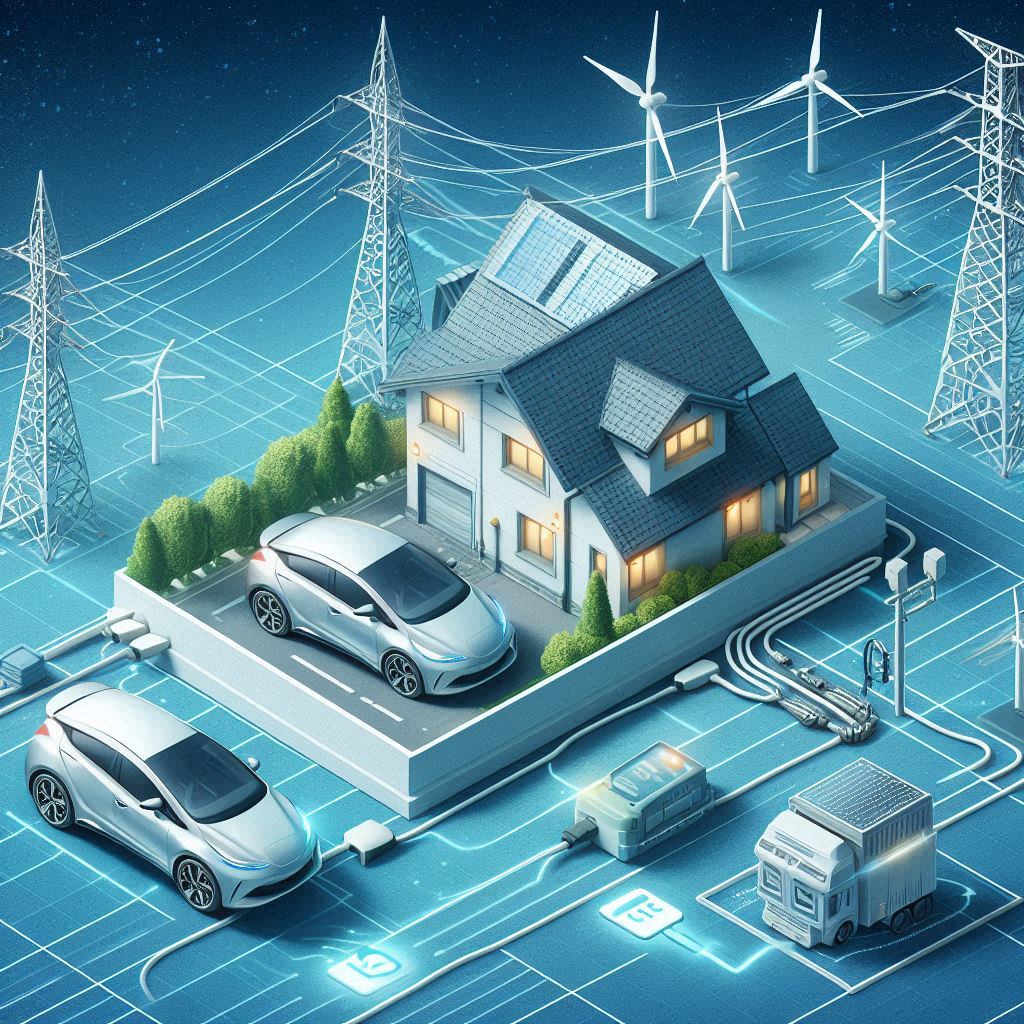
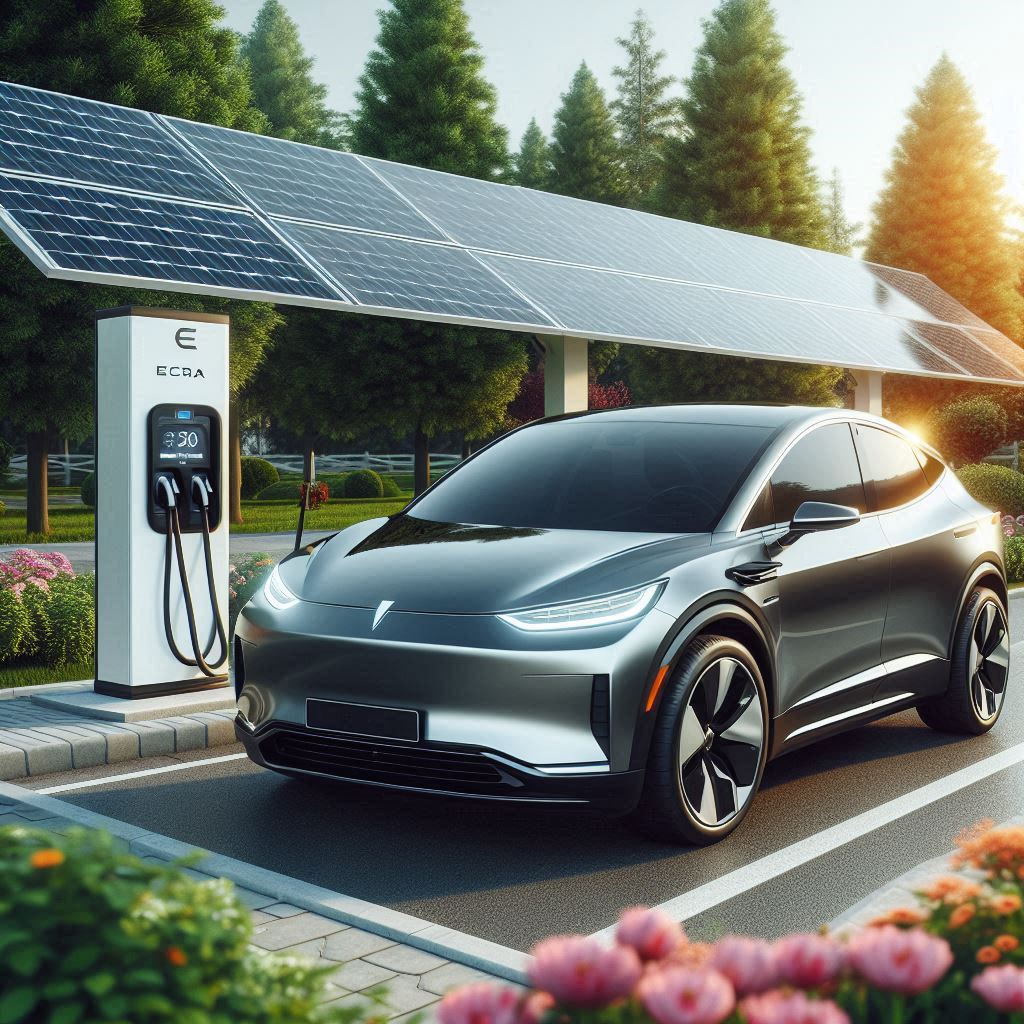
Apartment Dwellers: EV Charging Without a Garage
Living in an apartment doesn’t mean you have to miss out on the EV revolution. Here are some tips:
-
- Public Charging: Locate nearby public charging stations using apps like PlugShare or ABRP. Some charge networks like Jolt offer a few kWh free per day and subscriptions include a fixed monthly fee for unlimited charging. These can be very cost effective compared to petrol prices. Look for what’s available in your area. Free chargers still exist if you’re lucky enough to find one in a convenient location.
-
- Workplace Charging: Take advantage of charging facilities at your place of employment if available.
-
- Portable Chargers: Consider investing in a portable charger for flexibility. You can plug in to any 240V outlet, at a friends place or at mums (don’t be stingy though, and offer to pay for your electricity – you wouldn’t expect to be able to take petrol out of their car’s tank for free after all).
Cost Comparison: Home vs Public Chargers
Charging at home is generally cheaper than public charging stations. Public stations usually charge a premium for the convenience they offer. However, some public chargers are free, subsidized by businesses to attract customers. Local councils sometimes offer free charging, but these are becoming less common, Free chargers are often slow and may require you to BYO cable.
Don't leave home without this item. I've used this charge cable quite a few times. On my Tasmania trip, I was able to get FREE electricity on multiple occasions where a BYO charge cable was required.
There have been several occasions where I'd have been downright stuck without this vital piece of kit, as the only chargers available were BYO cable jobs.
This is a great item for when you want to plug in to a regular power point. Whether you're at a camp ground or an AirBnB looking to top up overnight, or at home you can charge up practically anywhere with a power point.
Granny charging isn't fast, but it does get the job done. If you're charging while you sleep, who cares if it takes a while, especially if that electricity is sometimes FREE.
Using a Public EV Charger
Plug Types
As I’m in Australia and the standard in Europe is also CCS2, all our descriptions will be of that plug.
The process is really no different for NACS though. It’s a different plug layout and the communications are different, so there’s not an easy adpater fix, but the process of plugging in to charge isn’t any different. It’s unlikely you’ll be driving a CCS2 vehicle in North America or NACS in Australia or Europe. If you do decide to import a vehicle, probably best to check out coverting your car’s socket, and factor that into the import cost.
You can set filters in the route planning apps like ABRP or Plugshare so that they will only direct you to compatible chargers. You can even have the apps provide you turn by turn directions (Plugshare sends you to a third party map of your choice).
EV Charging process
- Identify the charging company and download their App (once off per charging company).
- Identify the charger and port. Generally the app will narrow it down using your location and a map, but if there are multiple chargers, it’s important to identify the right one. Chargers are generally numbered. Ports on the charger are usually A, B, C, D, etc. Sometimes the different ports will have different plugs. Make sure you get the right type or you won’t be able to plug it in to your car (this will become very obvious if you try).
- Open the App and follow the instructions. You will either:
- plug in and press the start button on the app OR
- press the start button on the app and plug in
- Wait for the charge to start, this can take up to a minute.
- Check the app and/or your car to see how long your charge will take.
- Allow the charger to run. You might take a toilet break, grab a coffee, grab a meal, do some shopping or take a walk depending on how long you have.
- Return and promptly stop the charge when done. Free up the charger for someone else by moving to a different space if you’re staying longer.
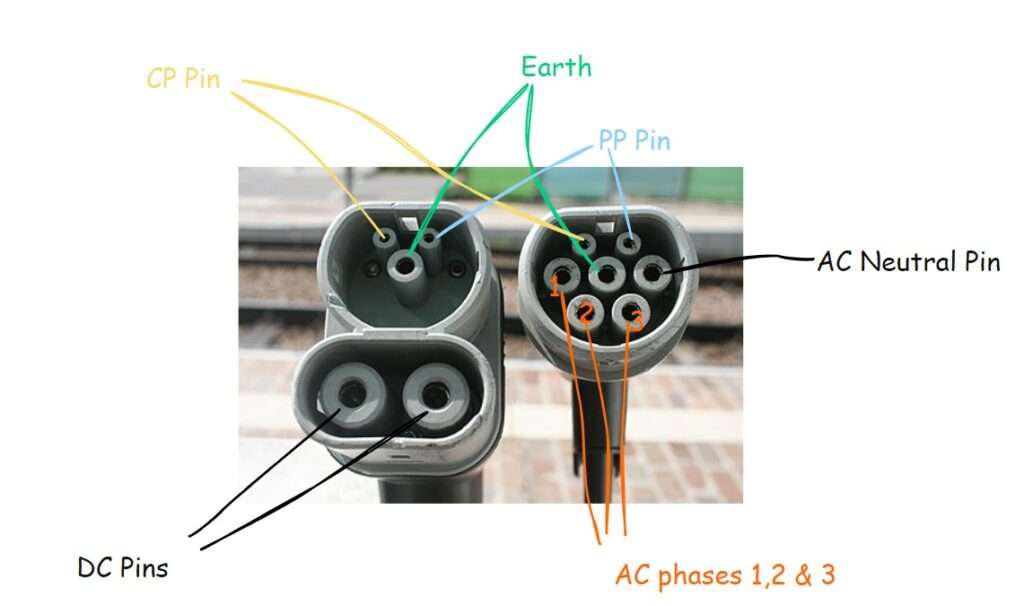
The AC and DC charge plugs are both able to plug in to the same socket. Often there will be a cover over the DC pins in the socket to protect them from exposure while AC charging.
The CP and PP pins are used for the car to communicate with the charger. Signals are instructions from the car’s battery management system to stop/start charging, to increase/decrease speed or change other parameters controlling the charging session.
Road Tripping with an EV means Fast Chargers
When embarking on a road trip, planning is key. You want to be charging fast. You need to decide if you want few long stops or more frequent short stops. ABRP offers both options, but the one I like best is their third option “fastest” which optimises stops to get you there as early as possible. It can balance charger speeds, so you spend less time on slower chargers. Getting you just enough juice to get to that next ultra-rapid charger where you can fill right up really quickly will get you to your destination quicker. You might also notice ABRP never recommends more than 80% unless absolutely necessary, as this will slow you down… that last 20% takes a long time and you’re better off moving to the next charger where your charging speed will be better (even if it’s technically a slower charger).
-
- Route Planning: Use apps like A Better Route Planner to map out charging stops based on your vehicle’s range.
-
- Charging Network Memberships: Sign up for memberships with major charging networks for better rates and seamless access. I’ll publish my review of charging networks soon and add a link here. In the meantime you can read my Ultimate Road Trip Guide
-
- Backup Plans: Always have a plan B in case your intended charging station is unavailable.
Summing up Electric Vehicle Charging
Whether you’re plugging in at home under the midday sun or topping off at a rapid charger on a cross-country adventure, the world of EV charging is rich with options. By understanding the types of charging available and how to navigate them, you can ensure that your electric journey is both smooth and electrifying. Happy charging!



